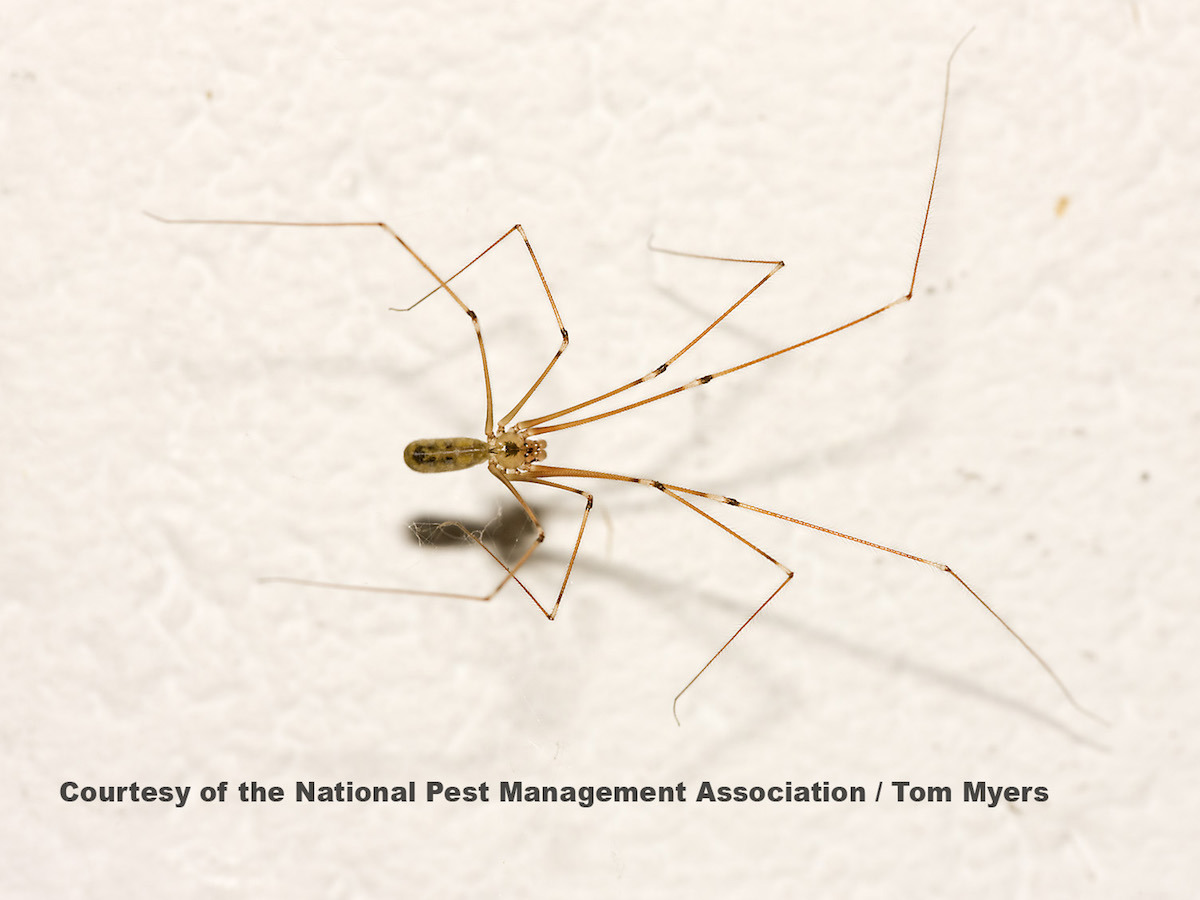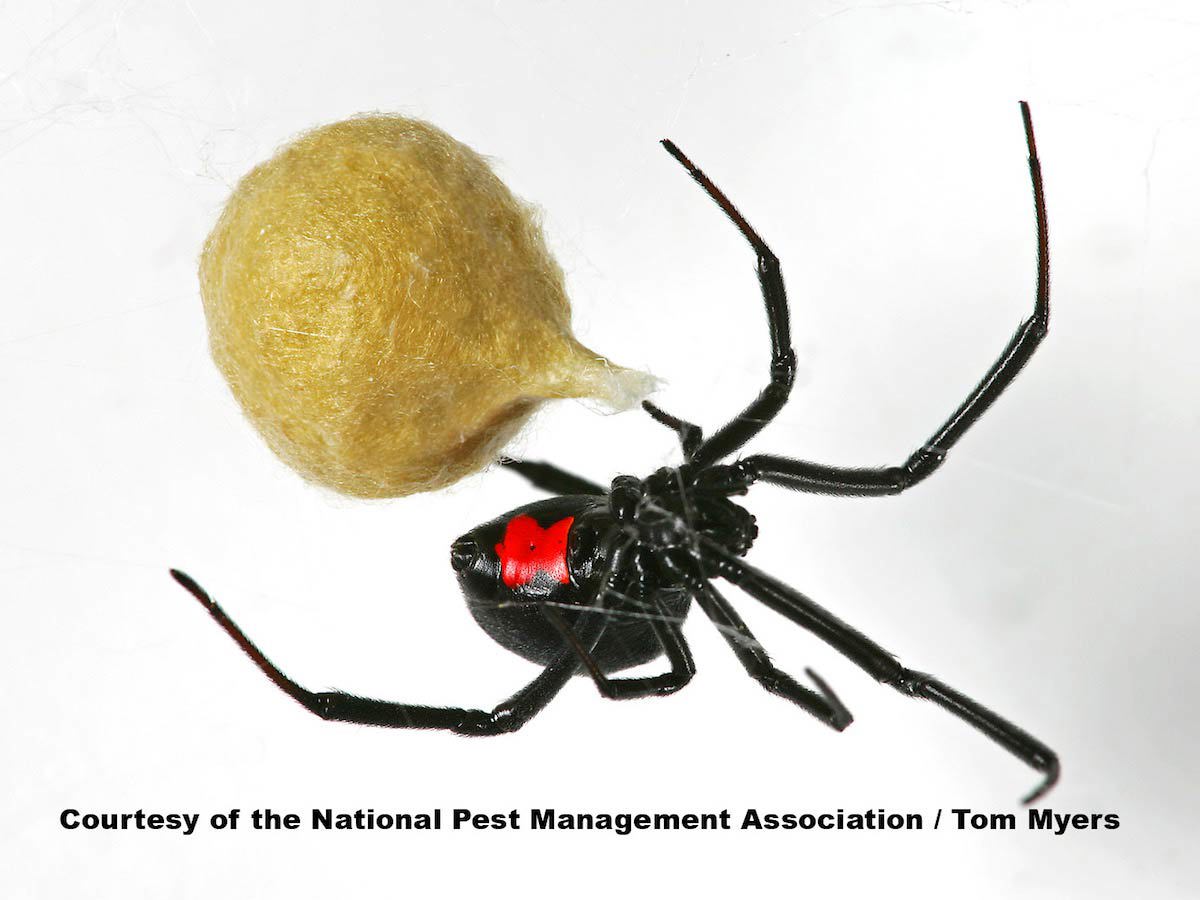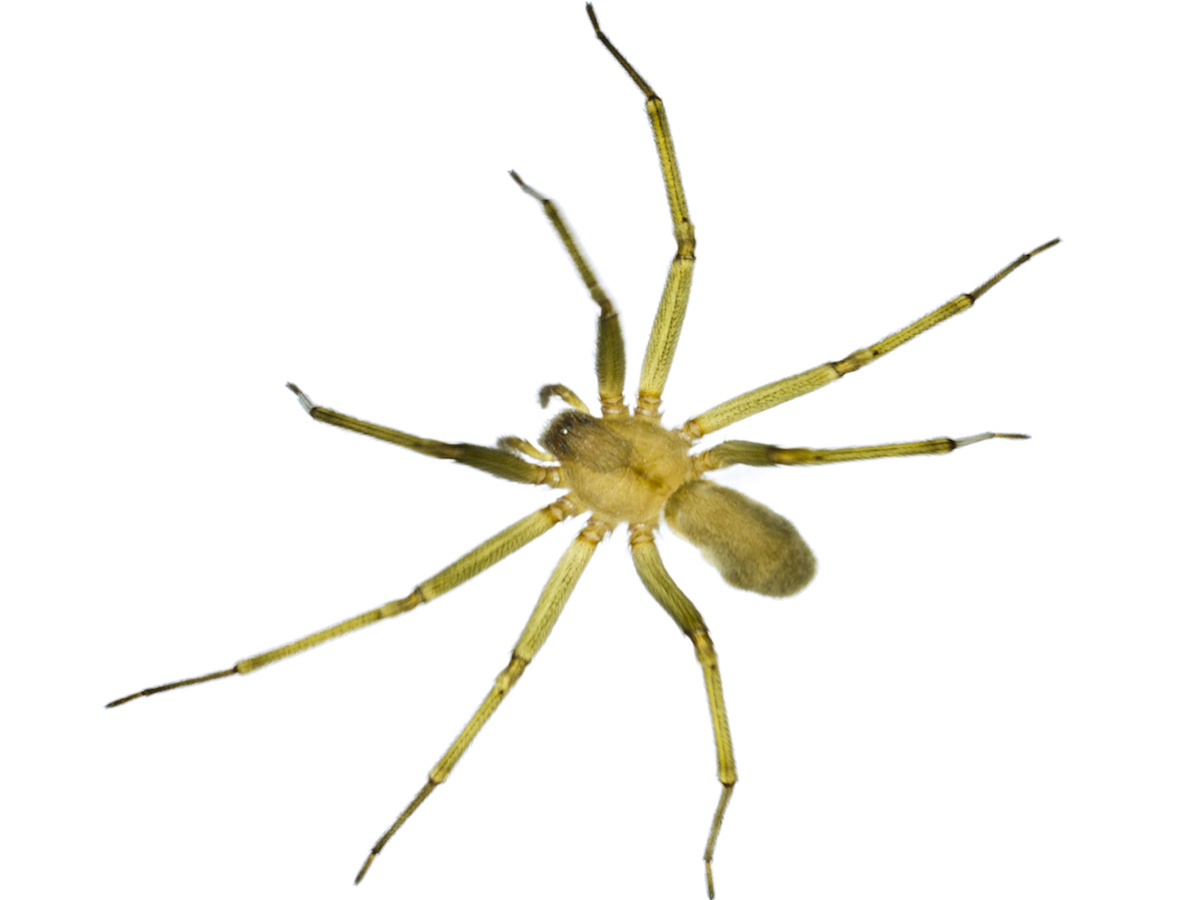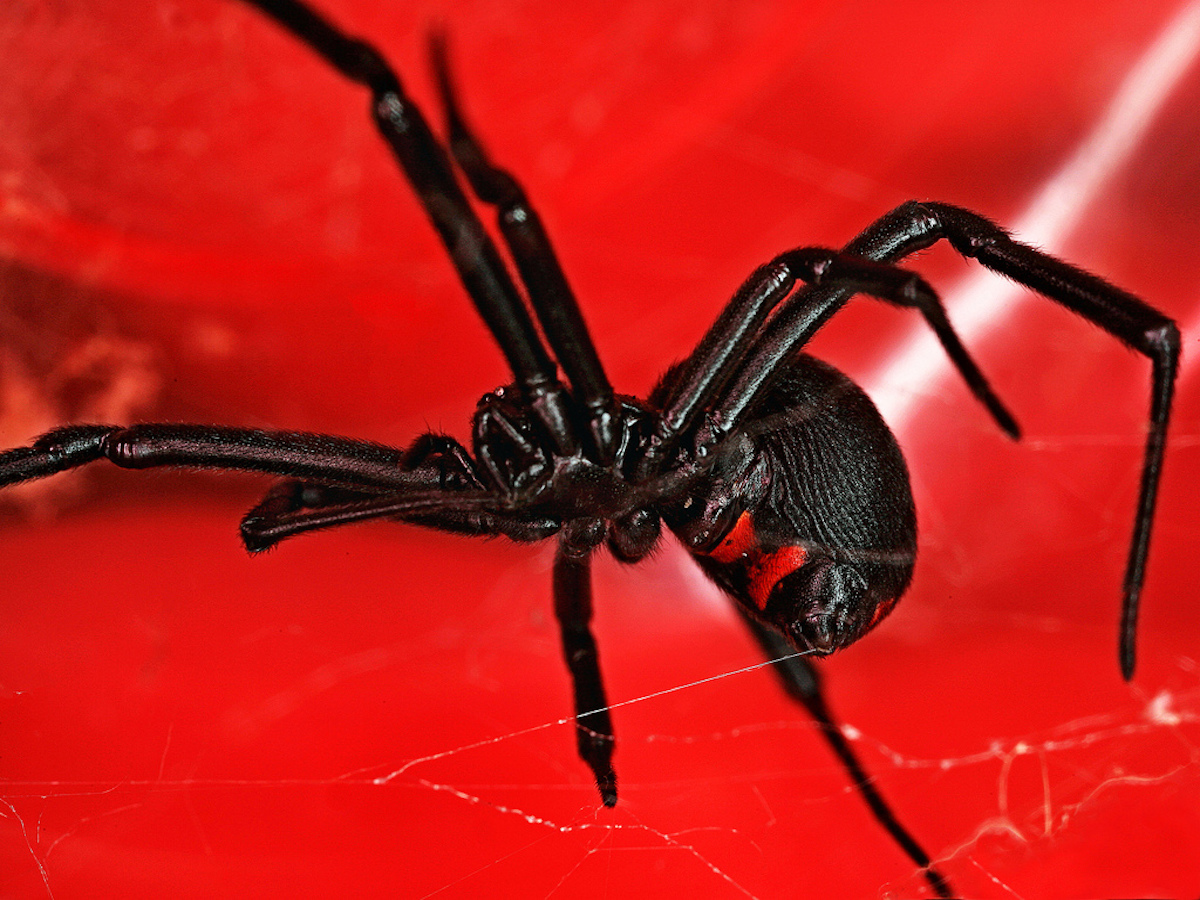Long-bodied Cellar Spiders Pholcus phalangioides

Cellar Spider Identification
Color: Pale yellow to light brown or gray
Size: ¼-3/8” (6-9mm)
Legs: 8
Antennae: No
Shape: Long skinny legs with a small body
Region: Found throughout U.S.
What are Cellar Spiders?
Cellar spiders are a species of spider belonging to the group of animals known as “arachnids.” There are both long-bodied as well as short-bodied cellar spiders. As their name implies, cellar spiders are found in dark and damp places like cellars and basements. They are also sometimes referred to as “daddy longlegs" because of their very long, thin legs. There are about 20 species of cellar spiders in the United States and Canada.
What Do Cellar Spiders Look Like?
All cellar spiders have oval-shaped bodies that range in color from pale yellowish to light brown or gray. Adult female long-bodied cellar spiders have a body length of about ¼-5/16” (7-8 mm) with front legs about 1 ¾-1 15/16” (45-50 mm) long. Adult male long-bodied cellar spiders have a body length of about ¼” (6 mm). On the other hand, short-bodied cellar spiders have much shorter bodies as their name implies. Adult female short-bodied cellar spiders have a body length of about 1/16” (2 mm) with front legs about 5/16” (8.5 mm) long. Adult male short-bodied cellar spiders have a body length of about 1/16” (1.6 mm) with front legs about 3/8” (9.5 mm) long.
All cellar spiders have oval-shaped bodies that range in color from pale yellowish to light brown or gray. Like all arachnids, cellar spiders have eight legs. However, theirs are very elongated and thin compared to other spiders. Cellar spiders also have eight eyes that are arranged into two widely-spaced lateral groups of three each and two eyes in between. They have a cylindrical abdomen that is about three times longer than it is wide.
Adult female long-bodied cellar spiders have a body length of about ¼-5/16” (7-8 mm) with front legs about 1 ¾-1 15/16” (45-50 mm) long. Adult male long-bodied cellar spiders have a body length of about ¼” (6 mm). Long-bodied cellar spiders are also similar in appearance to harvestmen—which are arachnids, but technically not spiders—given their equally noticeable, lengthier legs. As such, the “daddy longlegs” nickname also applies to harvestmen, but, by contrast, these arachnids have oval bodies that are more reddish in color compared to cellar spiders.
On the other hand, short-bodied cellar spiders have much shorter bodies as their name implies. Adult female short-bodied cellar spiders have a body length of about 1/16” (2 mm) with front legs about 5/16” (8.5 mm) long. Adult male short-bodied cellar spiders have a body length of about 1/16” (1.6 mm) with front legs about 3/8” (9.5 mm) long.
Cellar spiders construct loose, irregular webs in areas with higher relative humidity and moisture, such as homes, sheds, barns and warehouses. Within these structures, cellar spider webs are usually found in dark and damp places, including but not limited to the corners of eaves, windows and ceilings in cellars, basements, crawlspaces and garages. In commercial buildings, cellar spiders tend to spin webs in corners near doors that are left open.
Unlike species that expend their webs and then make new ones, or clean their webs to reuse them, cellar spiders will continue to layer additional, new webs on top of their old ones. As a result, the webs can build up in excessive volume in a somewhat short period of time, creating a noticeable cobweb appearance in the home or building.
Cellar spiders prefer to hang upside down in their webs as they wait for prey, which typically consists of other spiders and insects. When bothered, a cellar spider will repeatedly pulse its body to make its entire web shake. These pulsations help to entrap any insects that have approached the web and become the spider’s next meal.
Historically, cellar spiders do not bite humans and, therefore, do not pose a health threat. Long-bodied cellar spiders are considered nuisance pests, probably more so because of their vast webs being an eyesore in homes and commercial buildings.
Long-bodied cellar spiders are not proven to be venomous. There is a myth that their venom is one of the deadliest, and that their short fangs keep them from injecting this fatal venom into humans. However, there is no research proving this statement to be true.
Female long-bodied cellar spiders may produce up to three egg sacs each containing 13-60 eggs throughout the course of their life. The sacs are created from a thin layer of silk that is see-through. The cluster of eggs gives the sac the appearance of an unripe blackberry. The females then carry the egg sacs around with them in their mouths until the eggs hatch, as opposed to resting them in their web like other spider species do. Female short-bodies cellar spiders produce a similar egg sac containing 10-27 eggs each that they also carry in their jaws. The emerging spiderlings often cling to their mother for a short time. There are five molts before the spiderlings reach full maturity – a process that takes one full year. Adult long-bodied cellar spiders usually live for about two years.
Follow these tips to prevent cellar spiders:
- Seal cracks around the foundation of homes and buildings with a silicone-based caulk.
- Use yellow light bulbs for exterior lighting, as they may reduce the number of cellar spiders and other insects that are typically attracted to white-light sources.
- Use a dehumidifier in basements, cellars and crawl spaces, since cellar spiders thrive in moisture.
- Store firewood at least 20 feet from the home on a raised structure to deter spiders from hiding out in the wood.
- Wear gloves when moving the wood, and inspect it carefully before bringing any wood pieces indoors.
- Inside, keep clothes and shoes from piling up on the floor and shake them out before putting them on.
- Use tightly sealed plastic boxes to store seldom-used items, such as boots, baseball mitts, skates, etc. in the basement, garage or other dark areas.
Wondering how to get rid of cellar spiders? If a cellar spider infestation is suspected, contact a licensed pest control professional for assistance. Spider control is a multi-step process that includes inspection of the home or building, accurate identification, prevention, sanitation and mechanical measures.
You can find a pest professional near you with the helpful zip code search below.




